Avoiding and Resolving ACA Employer Mandate Policies October 27, 2016
My Business Client Received a Bill from the IRS for Violating the ACA Employer Mandate.
What Now?…and why did he call me instead of his payroll provider or his insurance broker?
Employer notifications are on the way for the 2015 year if any full-time employee of the business received a premium assistance credit.
A penalty applies if an applicable large employer did not provide affordable and adequate insurance coverage. The IRS will send employers a §1411 Certificate informing them that an employee has applied for insurance through the Marketplace and that the employee qualified for a premium assistance credit. Once it receives the §1411 Certificate, the employer is allowed to respond before any liability is assessed or notice and demand for payment is made.The contact for a given calendar year will occur after the employees’ individual tax returns are due for that year claiming premium assistance credits and after the due date for employers that meet the 50 full-time and full-time equivalent employee (100 in 2015) threshold to file Forms 1095-C identifying their full-time employees and describing the coverage that was offered (if any). If it is determined that an employer is liable for an employer mandate penalty payment after the employer has responded to the initial IRS contact, the IRS will send a notice and demand for payment (Preamble X; Q&A #27 & 28). Appeal rights apply.
Tax Practitioner Note. Although the requested certification regarding a particular employee will show up in the employer’s mail in late 2016 or early 2017, the IRS wants information for the 2015 tax year. Because of transition rules, 2015 and 2016 numbers differ. Both are included below.
Six Common Reasons That Penalty Notices Might Be Incorrect (Questions and Answers on Employer Shared Responsibility Provisions Under the Affordable Care Act)
- Employer is not an applicable large employer because the employer did not have 50 (100 for 2015 testing) or more full-time and full-time equivalent employees in the prior year.To be subject to the Employer Shared Responsibility provisions for a calendar year, an employer must have employed during the previous calendar year at least 50 full-time employees or a combination of full-time and part-time employees that equals at least 50 (100 in 2015) (Q & A #4).
- Employer is not an applicable large employer because the employees that caused the employer’s workforce to exceed 50 full-time equivalents (100 in 2015) were seasonal workers working less than four months during the preceding calendar year (§54.4980H-2(b)(2)).Seasonal workers are taken into account in determining the number of full-time employees. However, if an employer’s workforce exceeds 50 full-time employees (including full-time equivalents) for 120 days or fewer during a calendar year, and the employees in excess of 50 (100 in 2016) who were employed during that period of no more than 120 days were seasonal workers, the employer is not considered an applicable large employer (Q & A #4).
- The employer is an applicable large employer when it counts its full-time and full-time equivalent employees, but it does not have more than 30 full-time employees (80 in 2015). No penalty applies, because the penalty for not providing health insurance does not apply to the first 30 full-time employees (80 in 2015) (§54.4980H-4(a)).
- The employer used the “look-back rule” and the employee was a part-time worker in the prior year (§54.4980H-3(d)(1)(i)).The final regulations provide the look-back measurement method under which an employer may determine the status of an employee as a full-time employee during a future period (referred to as the stability period), based upon the hours of service of the employee in a prior period (referred to as the measurement period) (Q & A #15). Thus when using the look-back measurement period, if the employee was part-time in the prior year, they are considered part-time for the current year.
- The employee was a seasonal worker who worked less than six months during the year and was properly excluded from the applicable large employer’s health insurance coverage (§54.4980H-1(a)(38)).
- The employee opted out or did not timely enroll in the employer’s adequate and affordable health insurance plan (§1.5000A-3(e)(3)(i)(A) & (B) and Q & A #18).
Tax Practitioner Note. To avoid the penalty, the employer will need: (1) a copy of the offer of insurance to the employee, (2) proof that the policy offered minimum essential coverage, (3) proof that the premiums were affordable to the employee, and (4) proof that the employee opted out or missed the deadline for enrollment.

